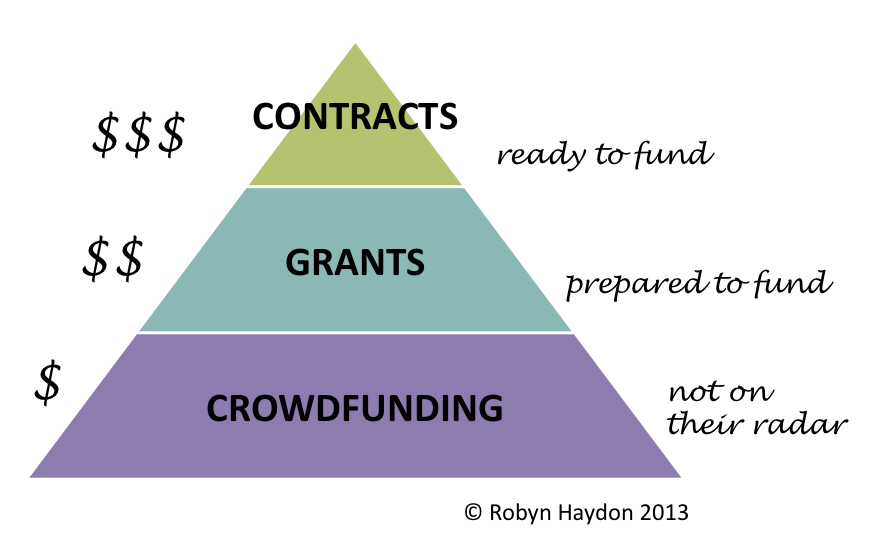Lately, I’ve been talking about the ways in which energy and enthusiasm power our bid efforts. Unfortunately the way most organisations handle bids is rapidly depleting these precious resources.
Team members need to be inspired to do their best work on proposals, and pretty much everyone is stretched and hassled and working on the bid as well as their day job. Worse still, there are no thanks or recognition for contributing to proposals. All staff really see is a mountain of thankless work that they don’t get paid for and that eats into their personal time.
If your organisation cares about its win rates, and more importantly, about employees and their wellbeing, it’s time you did something about this. Here is an idea that will definitely win you points with staff, and probably on the proposal too.
While it’s common to give time off after a bid to compensate for the extra workload, a better way to generate energy and enthusiasm is to give your team at least part of this time off in advance.
Technology employers Atlassian and 42 Floors noticed that new staff members often came into their organisation exhausted from their previous job. To solve this problem, both now offer staff a “pre-cation” (paid holiday) before they start with the company.
This is a great way to make sure that people show up for work fired up and ready, not tired and burned out. Atlassian is now considered an employer of choice in an industry where competition for talent is high, and regularly rates a mention on lists of "best places to work" in both the US and Australia.
If you’re about to start work on a must-win bid, offer your team a “pre-cation”. It could just mean the difference between a proposal that really hooks the customer, and one that lies there as lifeless and exhausted as the people who wrote it.


